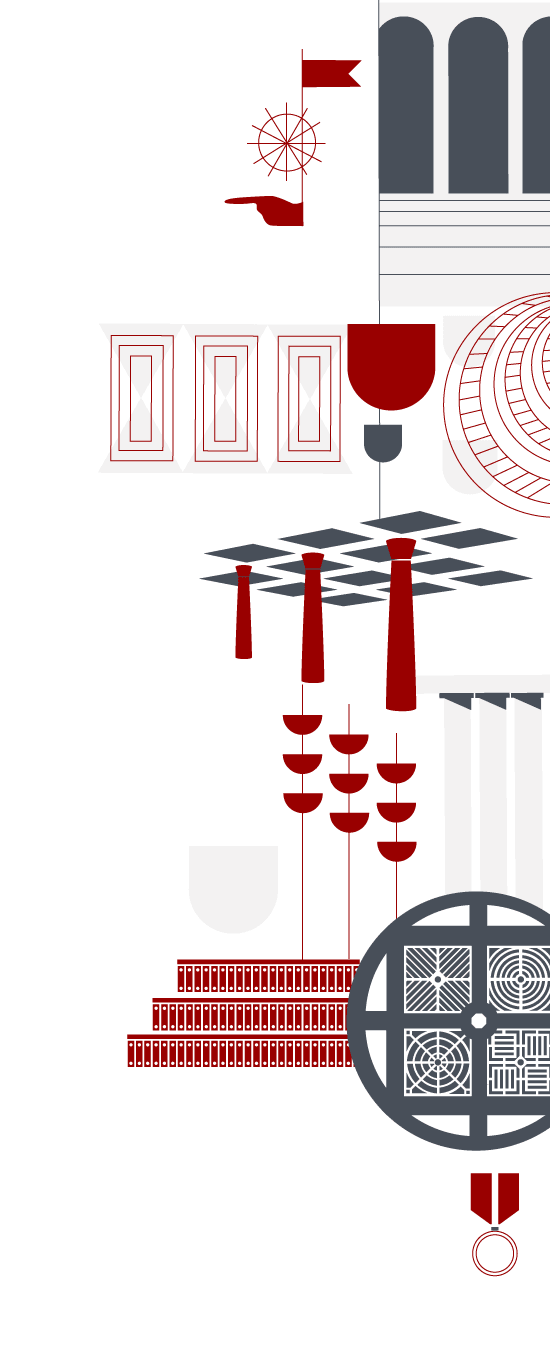
University Cultural Heritage
The University of Padua has existed for almost eight hundred years – a time which may be chronicled in many ways: the succession of influential figures, the changing nature of study, and of the very conception of knowledge and its recipients, history in continual transformation. The institution is also revealed through its artistic legacy. Monuments, palazzi and works which the University has commissioned or purchased over time all clearly reflect the vicissitudes of the patavina universitas. When we look at an old building, a fresco or a statue, we can find many points of reference to events and personages that have characterised the long history of Palazzo Bo.
From the many artistic and monumental masterpieces which form part of the University, or have belonged to it, we focus here on four sites symbolic for their importance and function, which are immediately identifiable with the University and the city. They are: Palazzo Bo – or ‘Hospitium Bovis’ in Medieval times –which at the end of the 15th century provided the Studium with permanent and imposing premises; the Hall of the Giants and Palazzo Liviano, where the legacy of the da Carrara Seigneury and the poetry of Petrarch are complemented by the art of great painters and sculptors from the 20th century; the Botanical Garden, now a Unesco World Heritage Site, where Nature is the monument erected and preserved over time, both as a source of research and to benefit the health of the community; and La Specola, the ancient tower of the lords of Padova, which in the 18th century became a centre of astronomy in the heart of the city.
Tours and guided tours to the University are available through the year: please check the Visiting the University page.


